The Wild Party: An interview with artistic director Rafaella Marcus
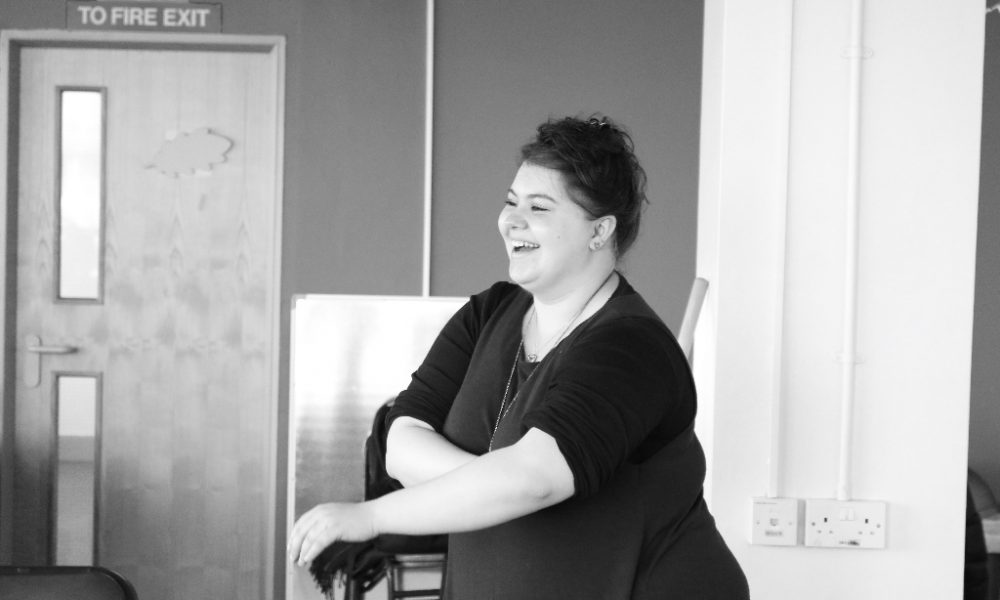
Rafaella Marcus is the artistic director of Mingled Yarn, a theatre company that adapts traditional stories for today’s audiences to be performed in a range of locations. In 2014 the company made their debut at the Edinburgh Fringe with a reworking of Henry V, which was a highly recommended Fringe show. Rafaella has also directed at theatres such as the Oxford Playhouse, Theatre503 and the St James Theatre, as well as working with the Globe on their Complete Walk project last year. She was also long-listed for the JMK Award 2016.
This week, her latest production, The Wild Party, opens at the award-winning Hope Theatre. A lust-filled, jazzy and outrageously entertaining tale set in the “Roaring Twenties”, the show is adapted from Joseph Moncure March’s 1928 poem about two cabaret stars who host a party for their colleagues, which ends fatally, and is performed by just two actors. The Upcoming caught up with Rafaella to chat about why she chose to adapt The Wild Party for a London audience, the rehearsal process and her plans for Mingled Yarn over the coming year.
The Wild Party has been described as a production that is “served soused in gin, jazz and sex”. Can you tell us a bit more about it?
Most people know The Wild Party as a musical – in fact there are two, both adapted from a narrative poem by Joseph Moncure March published in 1928. We’ve created a brand new production using the original text, which is an extraordinary witty, dark piece of writing that just gets stuck in your head like a song.
We’re keeping the text as whole as possible – there are some edits and I think we’ve added in one word that isn’t March’s – and we’ve brought in vaudeville, clowning, singing, dancing, a whole mish-mash of performance arts and styles that feels very 20s. It’s all performed by only two actors, Anna Clarke and Joey Akubeze, who are playing something like sixteen roles between them as well as dancing and singing. They’re frighteningly talented.
In your reworking of the original text, you have created a play with music, song and dance. How do you think these elements enhance the telling of a story?
It’s funny because the original poem isn’t particularly “literary”, whatever that means. The things it references are popular entertainment: movies, vaudeville and boxing. It’s got a very cinematic way of moving from scene to scene and it has a casual attitude to violence that feels influenced by slapstick, Charlie Chaplin and Buster Keaton. It felt natural to celebrate the same things that the poem celebrates, variety acts and crowd-pleasing numbers. Music is an incredible storytelling tool – modern audiences are very used to film scores indicating changes of emotion, we’ve become very attuned to it, but that goes back to the pianist accompanying silent movies, and further back again to music hall and opera.
Have rehearsals been fun?
Incredible fun. Even on our last day in the rehearsal room we were coming up with new things that were just brilliantly silly and surreal.
It feels like Joseph Moncure March’s poem was written to be performed. Is that why you chose to adapt it for the stage? And do you think audiences are particularly drawn to shows set in the “Roaring Twenties”?
That was definitely a part of it: I first came across the poem being read out loud so to me it’s always been a spoken piece. Even when you read it on the page you end up wanting to say it out loud, to hear all its great spiky rhymes and the range of voices within it – not just the characters but the narrator has a fantastic, wry voice as well. I think one of the things the poem does so well is that it absolutely confirms the idea of the “Roaring Twenties” as a time of excess and parties full of sexy, glamorous people, and turns it on its head as well. There’s violence lurking under the surface – as there is in every period of human history – but something about the glitter of the 20s, the way people were so obsessed with the idea of having fun, makes that darkness all the more pronounced. If you think about stories set in the 20s – Gatsby, Some Like It Hot, even Bugsy Malone – they all revolve around the illusion of the period; it looks fun but there’s a machine gun in every violin case.
Do you (and the actors) have a favourite line or image from the poem?
We probably came up with our most outlandish stuff when we were looking at Oscar and Phil, the Brothers D’Armano – a piano-playing double act of identical twins who the poem pretty unambiguously presents as being incestuously in love with each other. They’re big characters and they get some of the biggest moments in the piece. On a more serious note, there’s a beautiful mini-section near the end that starts, “Some love is fire, some love is rust / But the purest, cleanest love is lust”. March takes a few lines out of the poem to comment on what’s going on in a very sincere way – there’s no judgement or moralising – and I think we all responded to it very instinctively. Certainly it’s one of the moments that has changed the least over the course of rehearsal.
The character descriptions in The Wild Party are very detailed and evocative. Does this make things easier for the actors to get under the skin of who they’re playing when they are taking on multiple roles?
Yes and no. The poem gives you such an instant, brilliant impression of who each of these people are that you have to work hard not to make any physicalisation of them redundant – whatever we do has to be just as specific and recognisable as what the poem says. We worked with a fantastic movement director called Sara Green, who helped us find the story of each character; how they would enter a room, where they would stand at a party, what they were concealing, what they wanted you to see.
This is your second time directing at the Hope Theatre, after reviving two short plays by your grandfather Frank Marcus there in 2015. What do you like about this venue?
Last time it was really exciting to be creating work at a venue in its early days that already promised to do exciting things – I think since then the Hope has more than proved itself to be a venue for ambitious, surprising work, and returning there with a show that’s bigger, louder, ruder and wilder than our first feels like being a part of that artistic evolution. And I love the team there! Matthew Parker has been incredibly supportive towards Mingled Yarn, along with everyone else who works there, so I hope they enjoy it as much as anyone.
Your theatre company focuses on adapting and reimagining traditional stories and plays for today’s audiences. Was there a particular story or classic text that inspired you to start Mingled Yarn?
For me it started with Shakespeare and Greek myths: they’re such massive stories that kind of belong to everyone and I wanted to make versions that made them surprising and magical in an adult way. I started off doing a lot of my favourites: The Odyssey, Hamlet, Henry V. It’s funny because we started out as a company who wanted to adapt well known stories and our source material has become more and more obscure as we’ve developed. I think that’s good though, it shows we’ve become more confident that we can tell a story in our own right.
You have presented your projects in a range of settings, including workshops and site-specific locations. Do you enjoy working in any particular spaces? Do you think the stories you choose to reimagine are better suited to these spaces?
I always create work for a specific space or at least with the language of a space in mind. I love getting to know venues – I think if you know and love a space then you can use it in surprising ways. Every space creates a different contract between the audience and the performers, and I think it’s important to be attuned to that. In general, I prefer working in thrust or traverse because it lends a dynamism to the staging by making the audience more aware of each other, more awake. It depends on the show though – sometimes you need something different.
What would you say to someone who has never been to the theatre?
“Can I take you to see something?”
What was your professional highlight of 2016?
The number of brilliant emerging female writers I worked with was joyous. There are so many furious and funny feminist playwrights out there – my highlight was probably developing work with Queynte Laydies, who make very smart work about historical medieval women.
Aside from that, after assisting on a show there, I was asked to work on the Globe’s Complete Walk project celebrating Shakespeare400. We created 37 short films giving the essence of each play – with an astonishing cast, Peter Capaldi, Dominic West and Meera Syal all did scenes – and put them on screens along the South Bank in the open air. I loved doing that: I’ve never worked in film before so I had to learn a lot of new skills very quickly and there were a lot of late nights but it was so worth it for how democratic and big-hearted that project was, bringing Shakespeare out to people.
What are your plans for Mingled Yarn in 2017?
There’re always half a dozen ideas on the boil at once so it could be a number of things. We’ve got our first full length piece of new writing coming up; we’ve been developing it for about two years so I’m champing at the bit to finally show it to people in full. We’re also working on some experimental Shakespeare and a queer feminist reframing of a Greek myth, so we haven’t abandoned our roots entirely.
Thank you for talking to us!
Anna Sladen

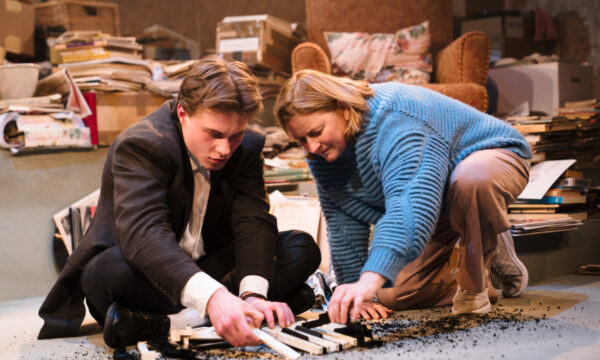
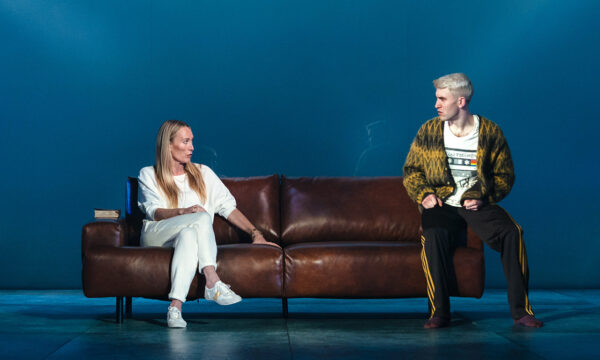
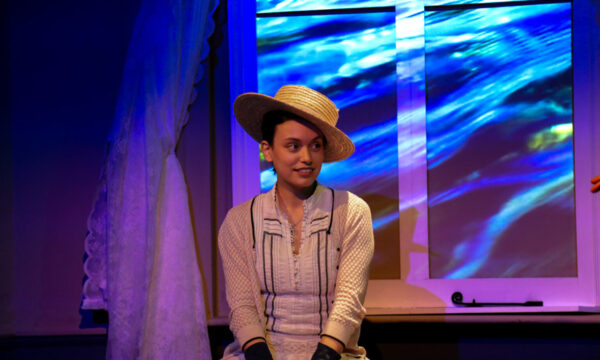
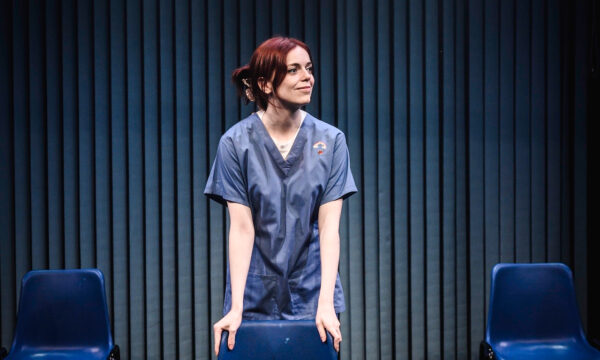
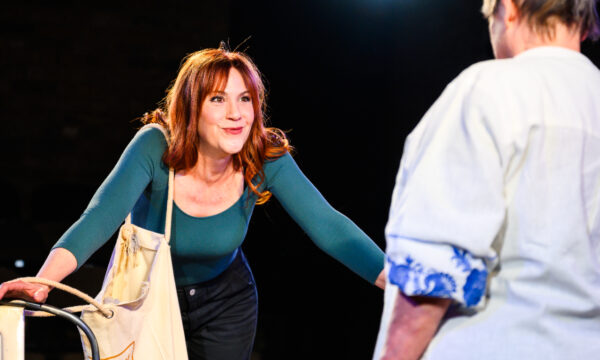
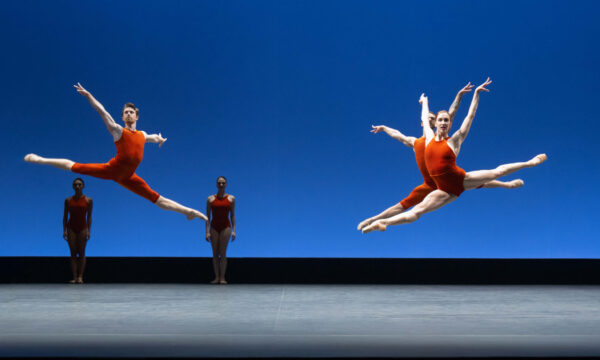
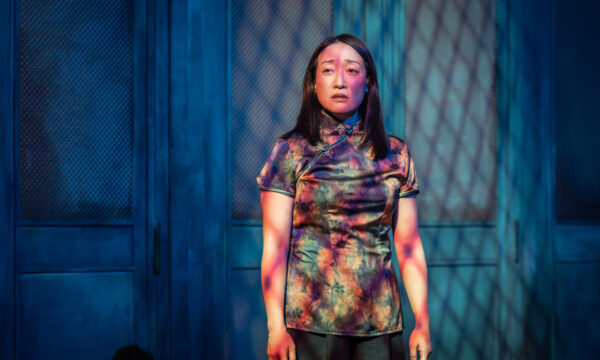
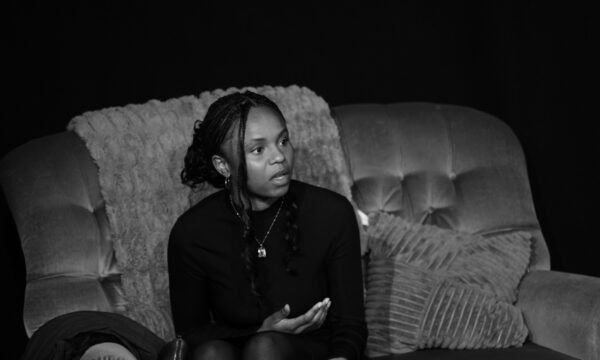
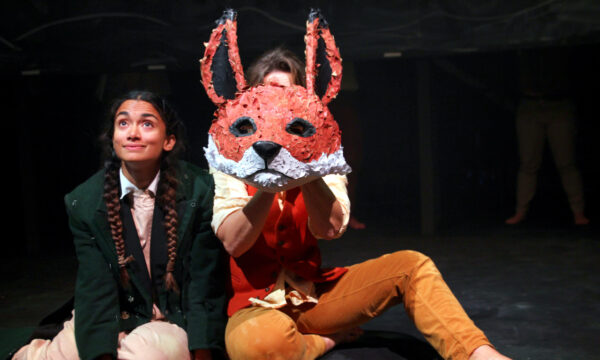









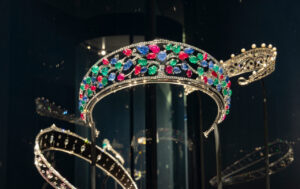



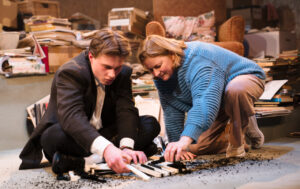

Facebook
Twitter
Instagram
YouTube
RSS